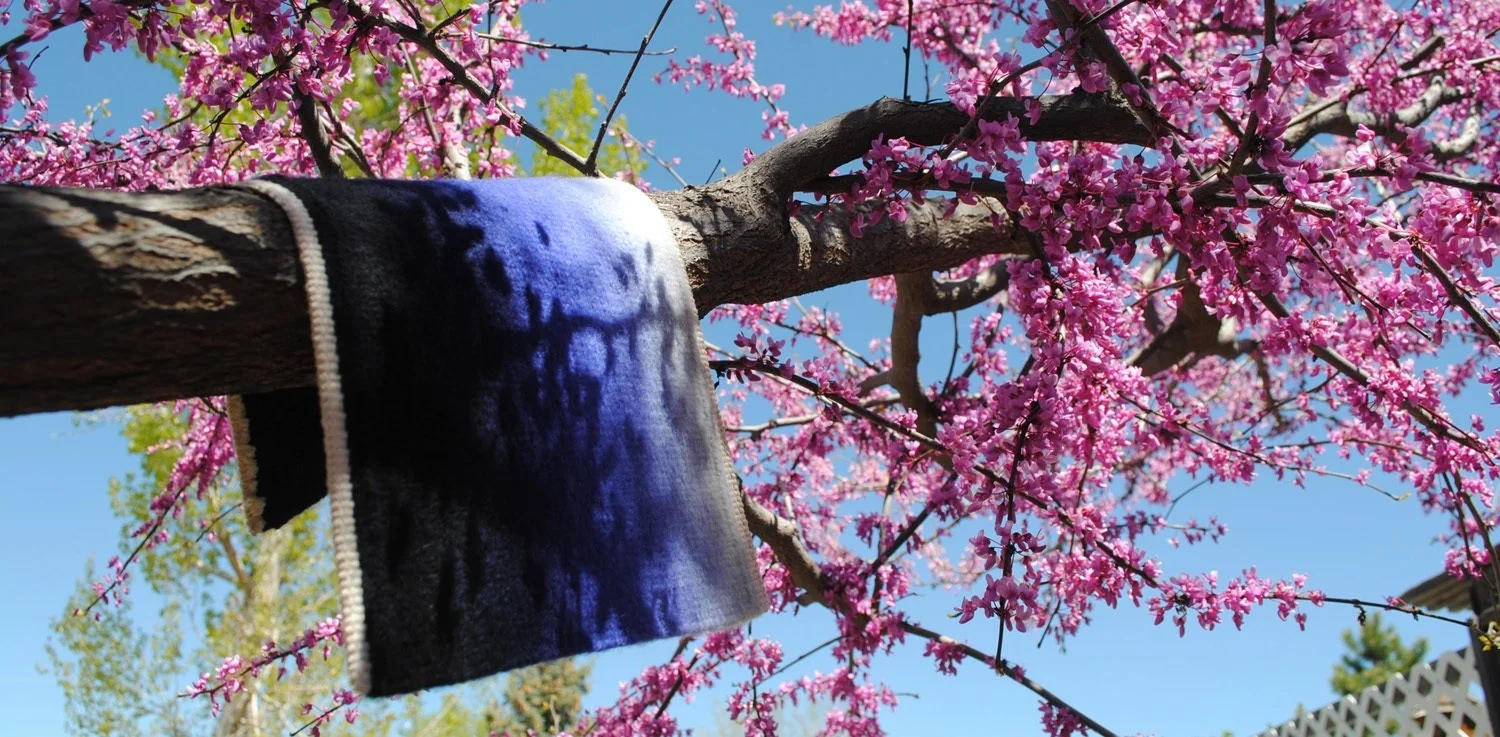Over the last several weeks I have mentioned the weaving classes I'm teaching at YarnFest 2016 in Loveland, Colorado.
The third class I am teaching is just three hours and it is called Creating Without Pain: Ergonomics for Fiber Artists. This class is for all of you. I spent 17 years as an occupational therapist and much of that work involves body mechanics and learning to live without hurting ourselves.
What: Interweave YarnFest 2016
Where: Loveland, Colorado (believe me when I tell you, and I know because I live in Fort Collins which is just a skip north of Loveland, the view of the Rockies is wonderful)
When: March 31 - April 3, 2016
Why: Because we love yarn and we want to keep working with it for the rest of our lives.
This is the course description:
We'll talk about different challenges for all fiber artists and specific problems with some practices, discuss some of the reasons we injure ourselves with repetitive tasks and how to prevent this from happening, and I'll send you home with some stretches and ideas to improve your relationship to creating to keep your body in great shape.
The third class I am teaching is just three hours and it is called Creating Without Pain: Ergonomics for Fiber Artists. This class is for all of you. I spent 17 years as an occupational therapist and much of that work involves body mechanics and learning to live without hurting ourselves.
What: Interweave YarnFest 2016
Where: Loveland, Colorado (believe me when I tell you, and I know because I live in Fort Collins which is just a skip north of Loveland, the view of the Rockies is wonderful)
When: March 31 - April 3, 2016
Why: Because we love yarn and we want to keep working with it for the rest of our lives.
This is the course description:
In my first career as an occupational therapist I taught many people how to use appropriate body mechanics in their everyday lives. Now I apply that knowledge to fiber pursuits. This lecture reviews some basic anatomy and talks about body positioning, common injuries, and pain mechanisms for all kinds of fiber arts. How we treat our bodies is extremely important if we are to pursue our art and crafts for many years to come. I include a discussion about best practices for maintaining your most important tool including stretches, proper lighting and positioning, and when and how to take breaks. This class is not just for weavers. It is for all fiber artists.Let me just say this again. This class is for all fiber artists. We all need to learn to take care of our bodies to avoid repetitive stress injuries and to maximize our health for the long term. I don't know about you, but I don't ever plan to give up making stuff with yarn and in order to keep myself healthy and out of pain, I need to follow some basic principles.
We'll talk about different challenges for all fiber artists and specific problems with some practices, discuss some of the reasons we injure ourselves with repetitive tasks and how to prevent this from happening, and I'll send you home with some stretches and ideas to improve your relationship to creating to keep your body in great shape.


















